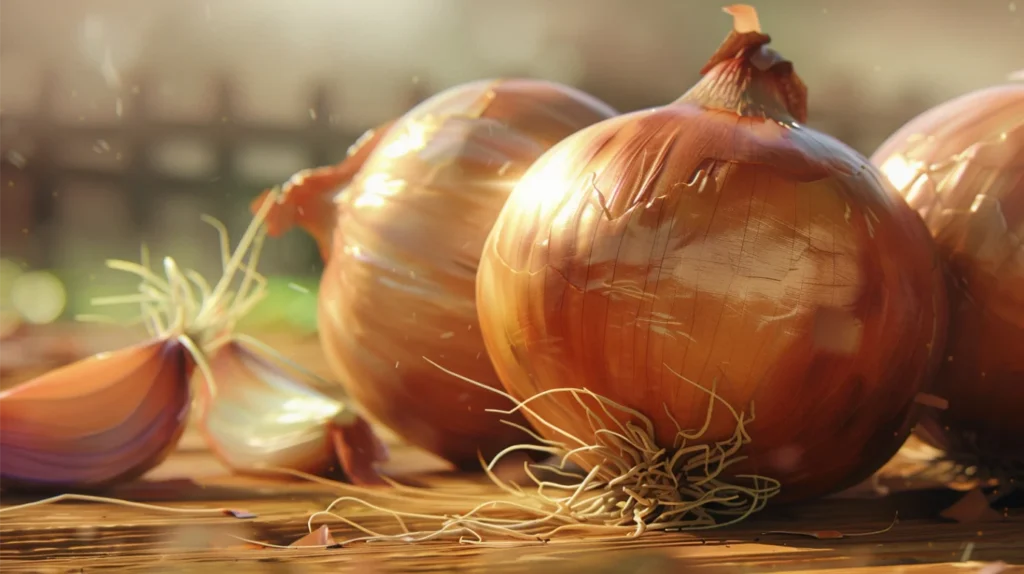Angel numbers are fascinating symbols that many believe carry messages from the spiritual realm. Among these, Angel Number 633 stands out as a powerful indicator of divine guidance and personal transformation. If you’ve been seeing this number sequence repeatedly, it’s time to pay attention – the universe might be trying to tell you something important!
In this post, we’ll explore the deep meaning behind Angel Number 633, its significance in various aspects of life, and how you can harness its energy to enhance your spiritual journey. Whether you’re new to angel numbers or a seasoned enthusiast, get ready to unlock the wisdom hidden within this intriguing numerical pattern.
Key Takeaways:
- Angel Number 633 signifies spiritual growth and divine support
- It emphasizes the importance of balance in all areas of life
- This number encourages creative expression and self-discovery
- 633 is associated with manifesting abundance and prosperity
- It carries messages about love, relationships, and twin flame connections
The Spiritual Significance of Angel Number 633

At its core, Angel Number 633 is a powerful symbol of spiritual awakening and alignment with your higher self. When this number appears in your life, it’s often a sign that your guardian angels and spiritual guides are close by, offering their unwavering support and guidance.
The appearance of 633 encourages you to:
- Focus on your spiritual journey: This number is a reminder to prioritize your personal growth and spiritual development.
- Trust your intuition: Your inner voice is stronger than ever – listen to it!
- Be open to divine assistance: The universe is ready to help you; all you need to do is ask and receive.
Balancing Act: The Harmony of 633
One of the central themes of Angel Number 633 is the concept of balance. This number serves as a gentle reminder to create harmony in all aspects of your life. Consider the following areas:
- Personal and professional life
- Spiritual practices and mundane responsibilities
- Creativity and practicality
By finding equilibrium in these areas, you’ll experience a greater sense of peace and fulfillment. Remember, balance doesn’t mean perfect equality at all times, but rather a dynamic flow that allows all aspects of your life to thrive.
Unleashing Your Creative Potential
The presence of the number 3 (appearing twice in 633) puts a strong emphasis on creativity and self-expression. This is your cosmic cue to tap into your artistic side and let your imagination soar!
Consider exploring new hobbies or revisiting old passions. Whether it’s painting, writing, music, or any other form of creative expression, engaging in these activities can be a powerful tool for personal growth and spiritual development.
Manifesting Abundance with Angel Number 633

If you’ve been seeing 633 frequently, congratulations! This number is often associated with successful manifestation and the arrival of abundance in your life. The universe is signaling that your efforts are paying off, and you’re aligned with the flow of prosperity.
To make the most of this energy:
- Stay open to receiving: Don’t let self-doubt or limiting beliefs block your blessings.
- Practice gratitude: Appreciate what you have, and you’ll attract more positivity.
- Release fears of lack: Trust that the universe will provide for your needs.
Remember, abundance isn’t just about material wealth. It can manifest in various forms, including loving relationships, fulfilling experiences, and spiritual insights.
Love and Relationships: The 633 Perspective
When it comes to matters of the heart, Angel Number 633 has some valuable insights to offer. This number emphasizes the importance of:
- Nurturing your relationships: Show care and attention to your loved ones.
- Enhancing communication: Practice active listening and express yourself clearly.
- Being open to new connections: Don’t close yourself off to potential relationships.
- Self-healing: Work on your own emotional wellbeing to create space for healthy relationships.
For those on a twin flame journey, 633 is particularly significant. It indicates a high vibrational connection and suggests that your twin flame relationship may be revealing itself gradually over time. Remember, the key to attracting and nurturing this profound connection lies in your own personal growth and healing.
Career and Life Purpose: Following Your Passion
In the professional realm, Angel Number 633 encourages you to align your career with your true calling. This might mean:
- Prioritizing work that inspires and fulfills you
- Being open to new ideas and innovative approaches
- Trusting your creative instincts in problem-solving
- Exploring career paths that resonate with your spiritual values
Ask yourself: “Does my current work bring me joy and allow me to express my authentic self?” If not, 633 might be nudging you towards a more fulfilling professional path.
The Numerological Breakdown of 633
To fully understand the energy of Angel Number 633, let’s break it down numerologically:
- Number 6: Represents love, harmony, responsibility, and care for home and family.
- Number 3: Appearing twice, it amplifies its influence of creativity, self-expression, growth, and optimism.
- Root number 3: (6+3+3=12, 1+2=3) Further emphasizes the creative and expansive energy.
Additionally, 633 resonates with the Master Number 33, which symbolizes spiritual teaching and guidance. This adds a profound layer of spiritual significance to the number’s overall message.
Conclusion: Embracing the Message of 633
Angel Number 633 is a powerful reminder of the divine support and guidance available to you on your life journey. It encourages you to embrace your creative potential, maintain balance in all areas of life, and remain open to the abundance the universe is offering.
As you continue to encounter this angelic number, take a moment to reflect on its message. How can you incorporate more creativity into your daily life? Where might you need to restore balance? Are you fully open to receiving the blessings coming your way?
Remember, the appearance of 633 is not just a coincidence – it’s a loving nudge from the universe, guiding you towards your highest potential and truest self. Embrace its energy, trust in the process, and watch as your life transforms in beautiful and unexpected ways.


















